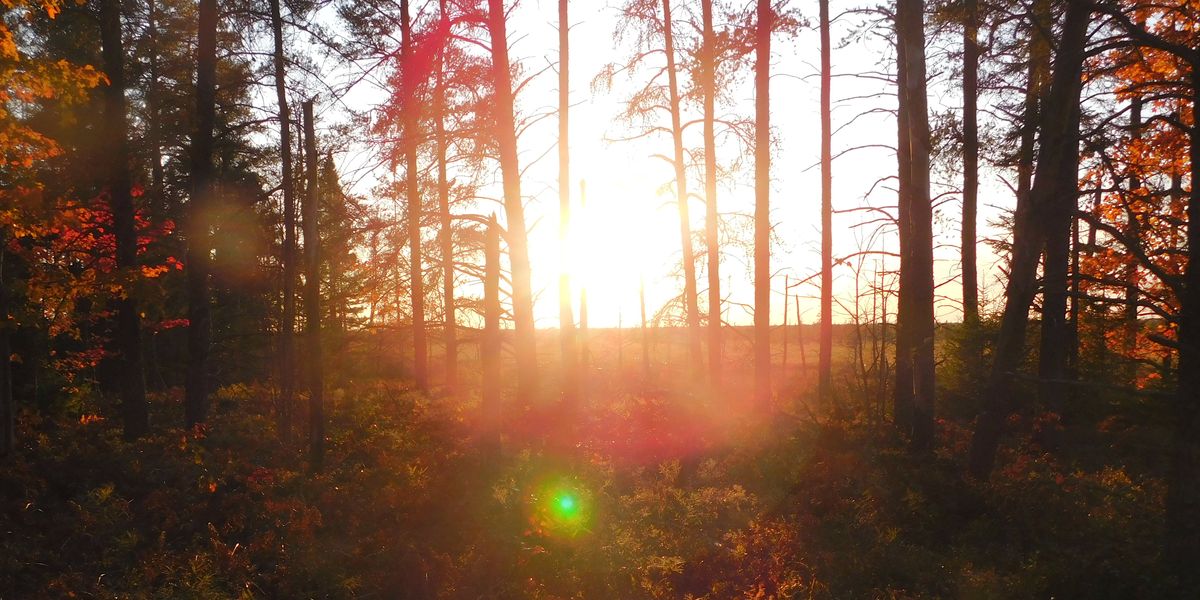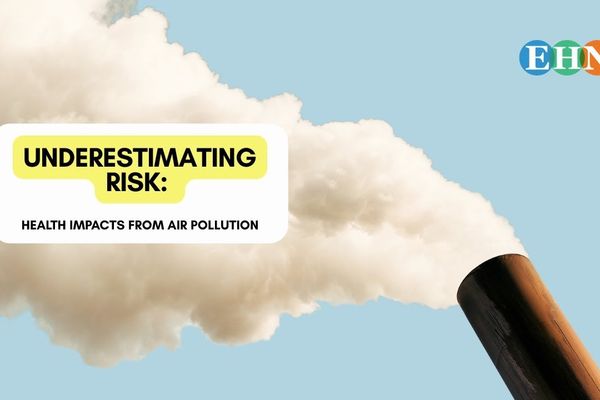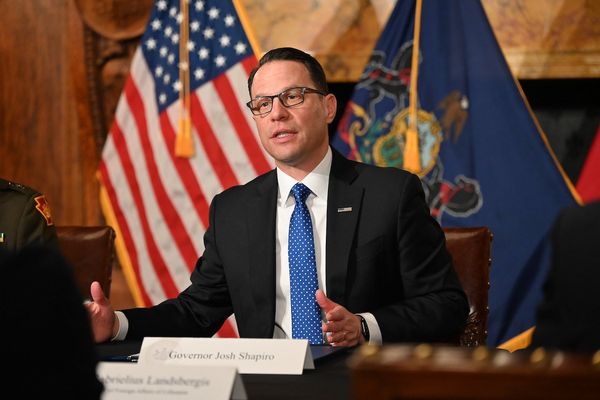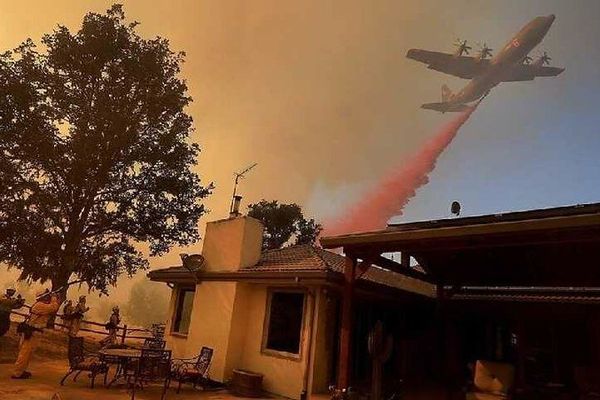
Wildfires spread across eastern U.S. amid dry spring and hurricane debris
Wildfires are burning across the East Coast, with major blazes in North Carolina, New Jersey, and Florida fueled by drought, downed trees, and early spring winds.
Ian Livingston reports for The Washington Post.
In short:
- Three uncontained wildfires in Polk County, North Carolina, have burned about 5,000 acres and forced evacuations; debris from last fall’s Hurricane Helene is worsening fire behavior.
- New Jersey’s Wharton State Forest fire scorched over 2,300 acres before being fully contained; the state remains under a drought warning.
- A 26,000-acre fire in South Florida is now under control, but much of the region still faces high fire risk as dry conditions continue.
Why this matters:
Unseasonably dry weather across the eastern United States is accelerating the arrival and intensity of wildfire season, creating new risks in areas long overshadowed by the West’s burning landscapes. The Southeast and Mid-Atlantic, regions often more associated with humidity and hurricanes than wildfire, are now confronting a dangerous convergence of conditions: warmer-than-average temperatures, lingering storm debris, and increasingly erratic rainfall patterns. That combination is turning forests, especially those littered with fallen trees from past hurricanes, into tinderboxes, leaving rural communities particularly exposed.
Firefighters in these areas, often operating with fewer resources and longer response times, face uphill battles as fast-moving blazes threaten homes, ecosystems, and infrastructure. Meanwhile, wildfire smoke doesn’t respect state lines; poor air quality from even relatively small fires can travel hundreds of miles, endangering the health of children, the elderly, and those with respiratory conditions. As climate patterns evolve, fire seasons are no longer just seasonal — and they're no longer just a Western problem.
Learn more: East coast cities face increasing wildfire risks amid climate change














